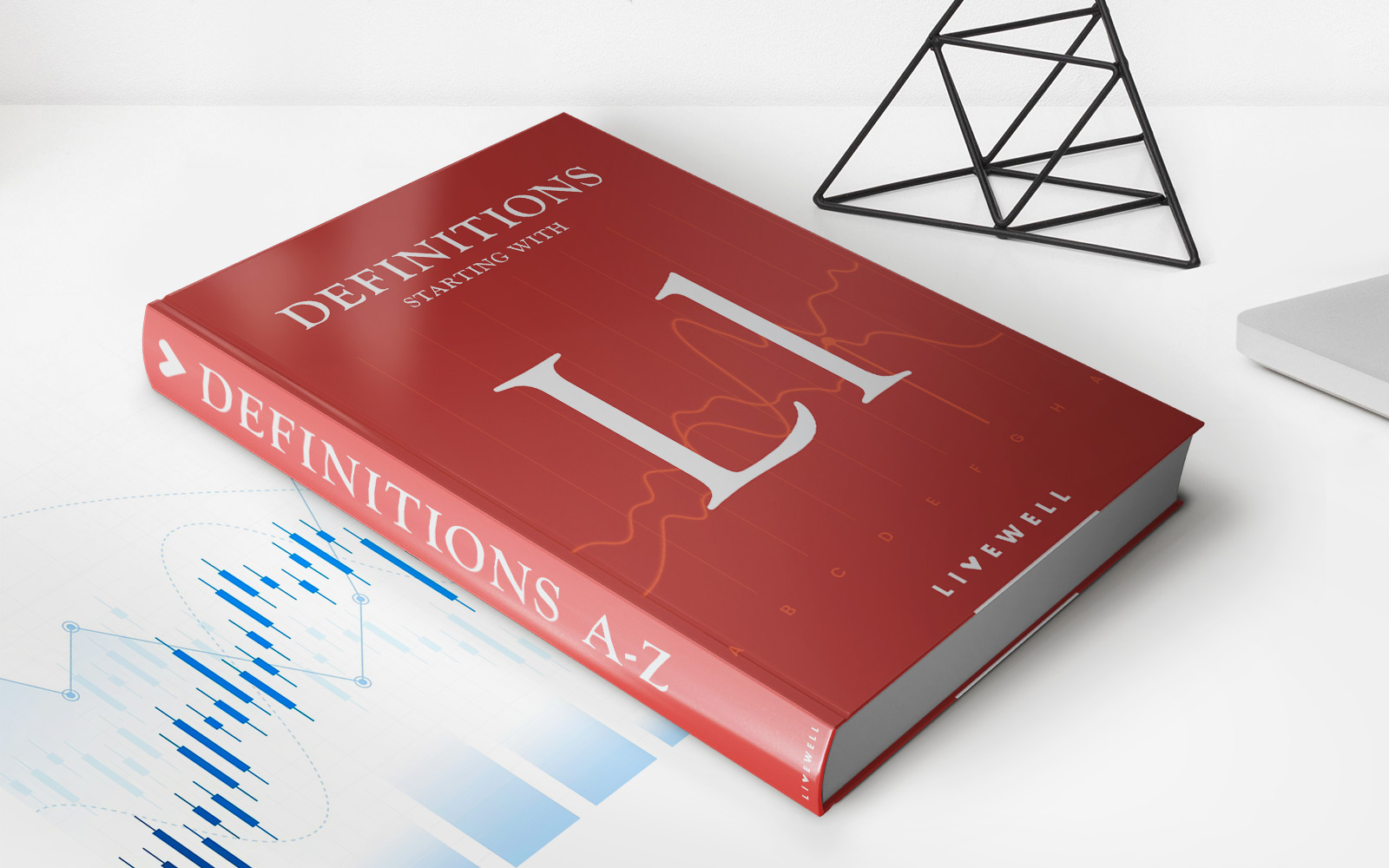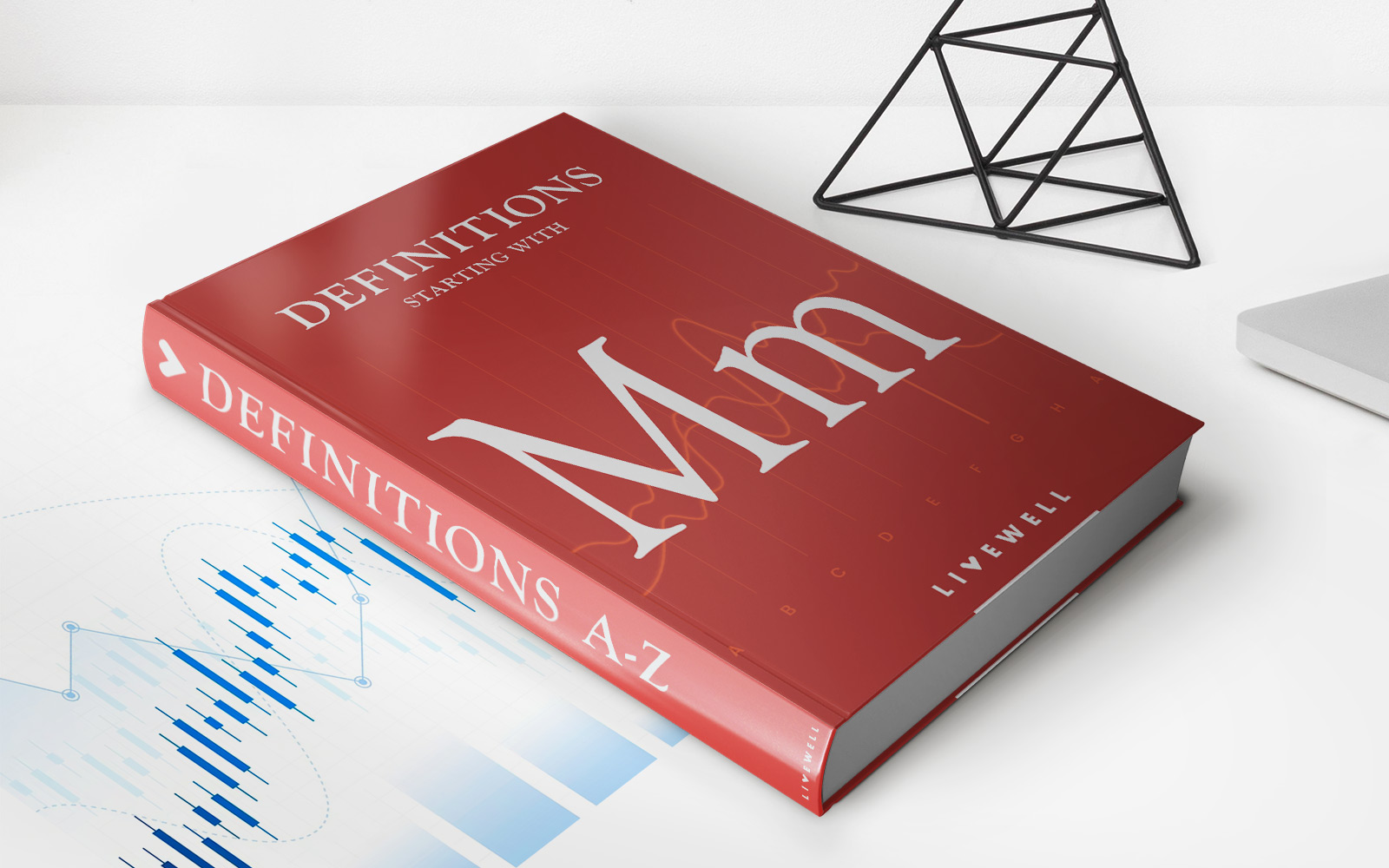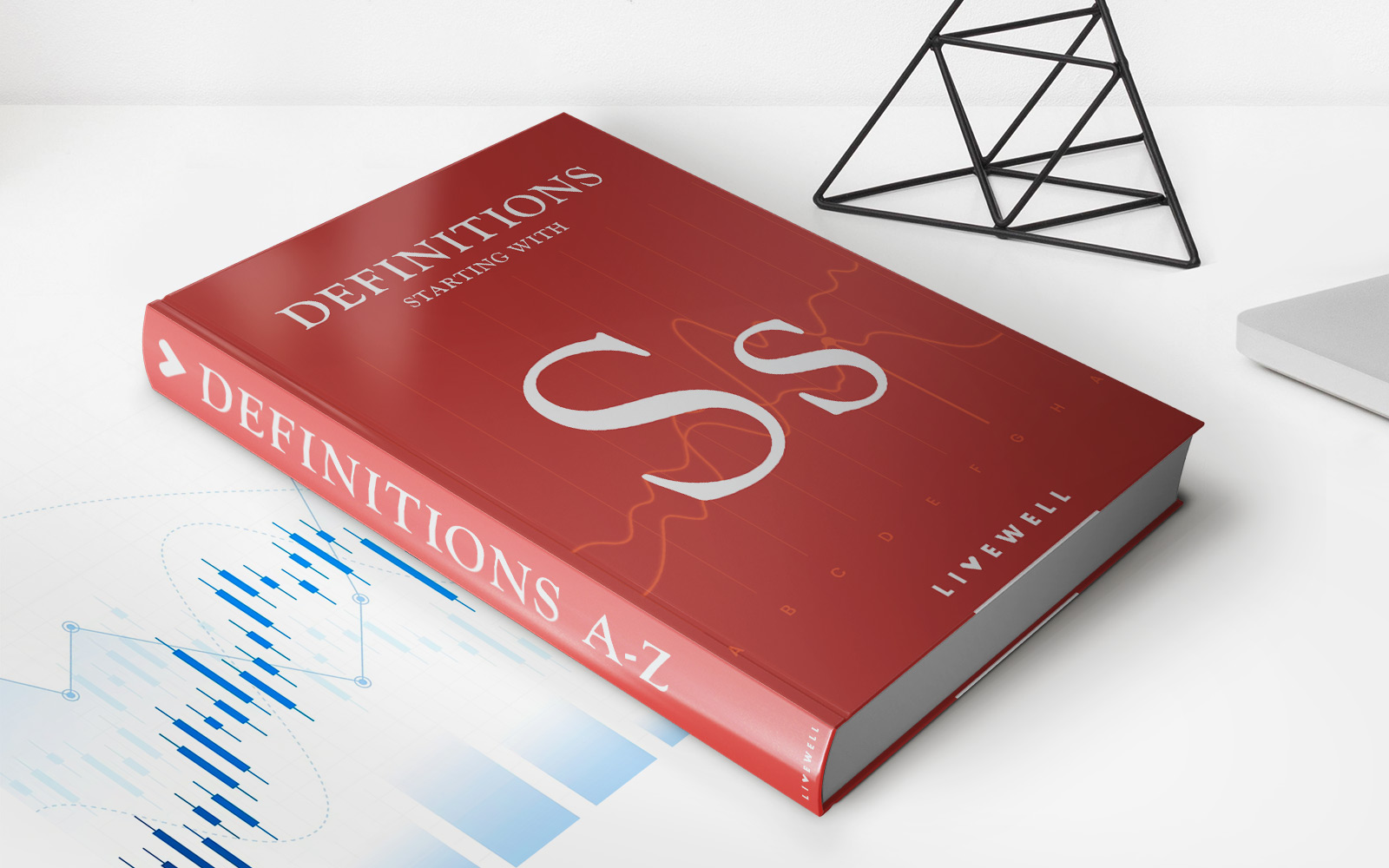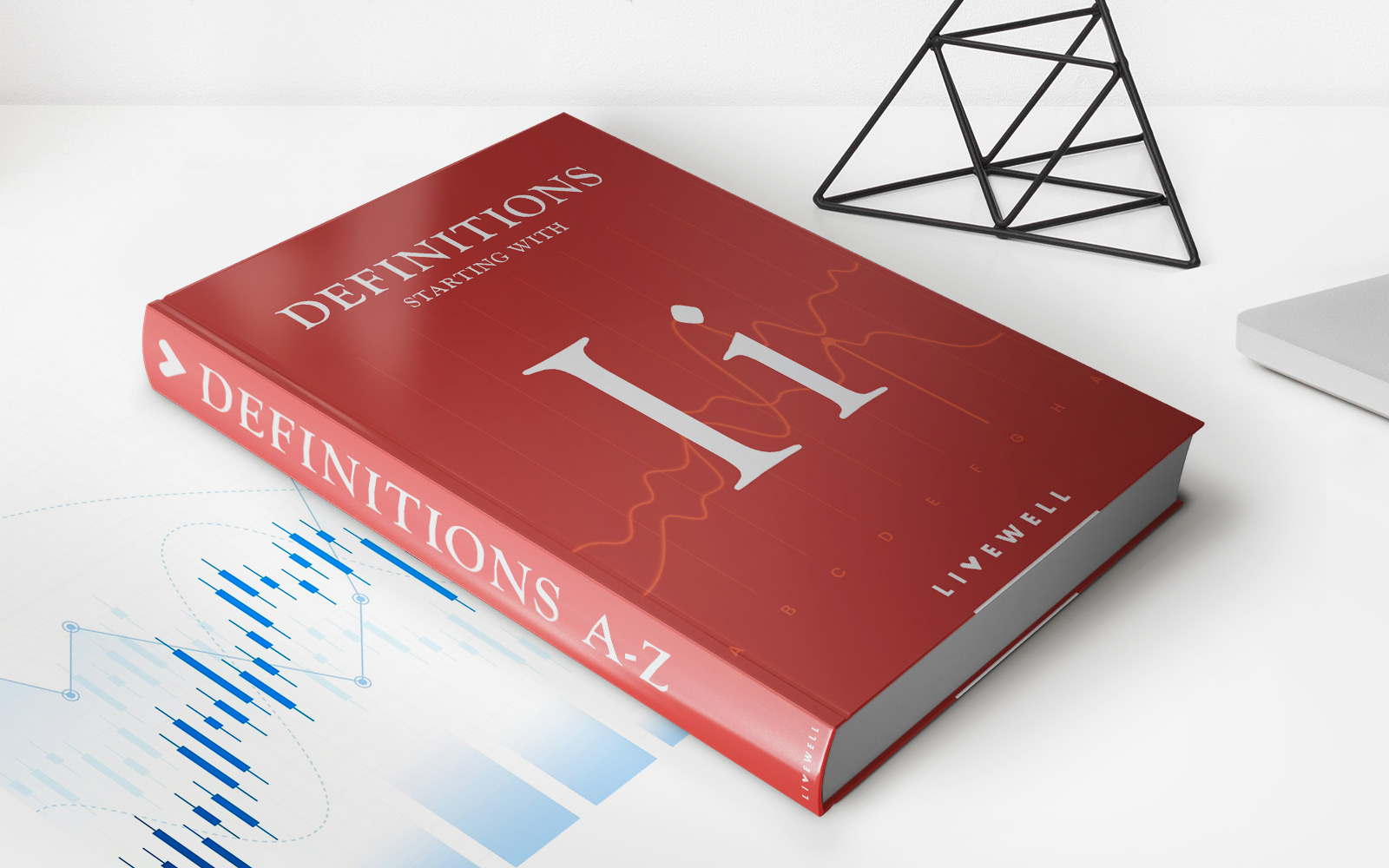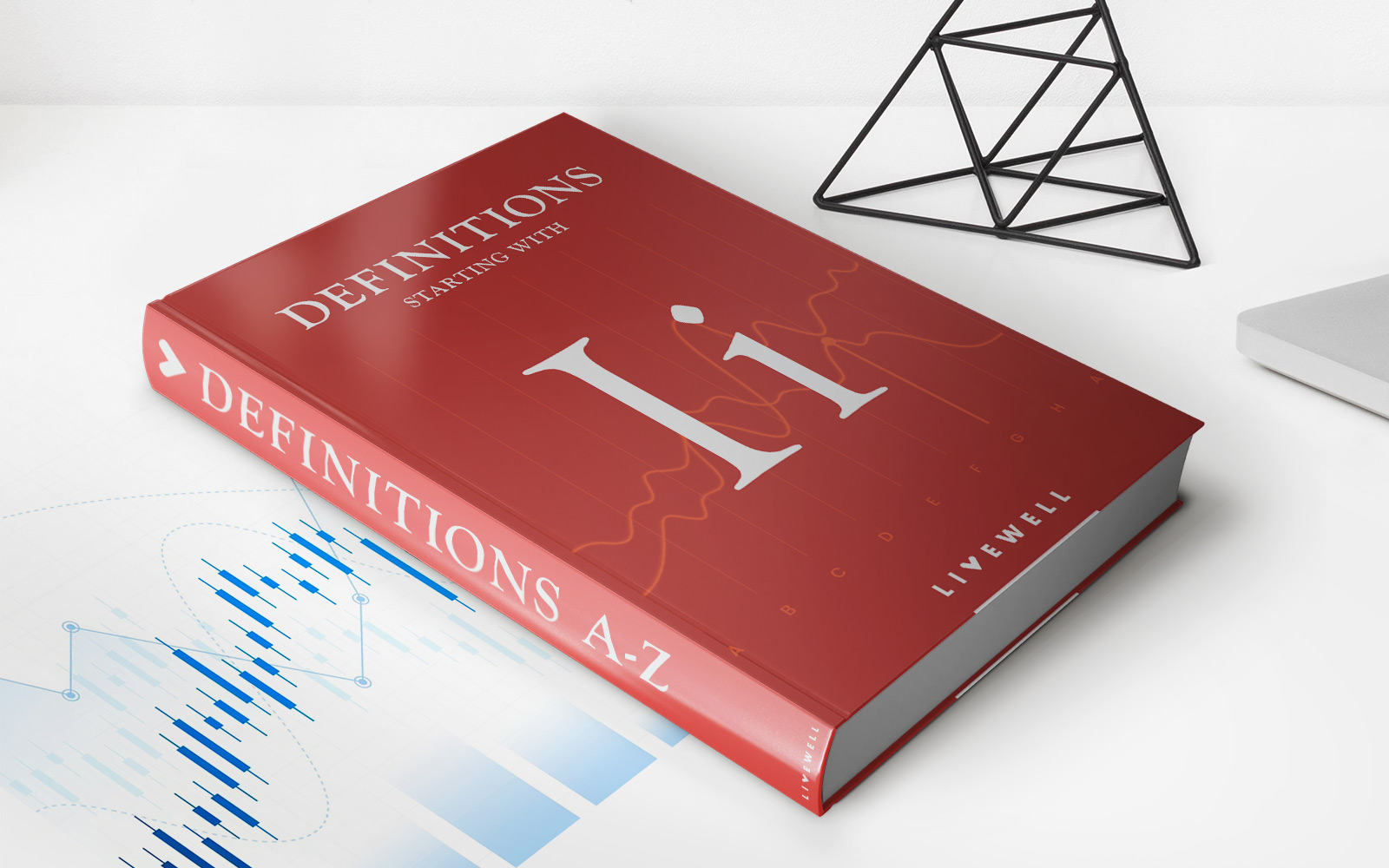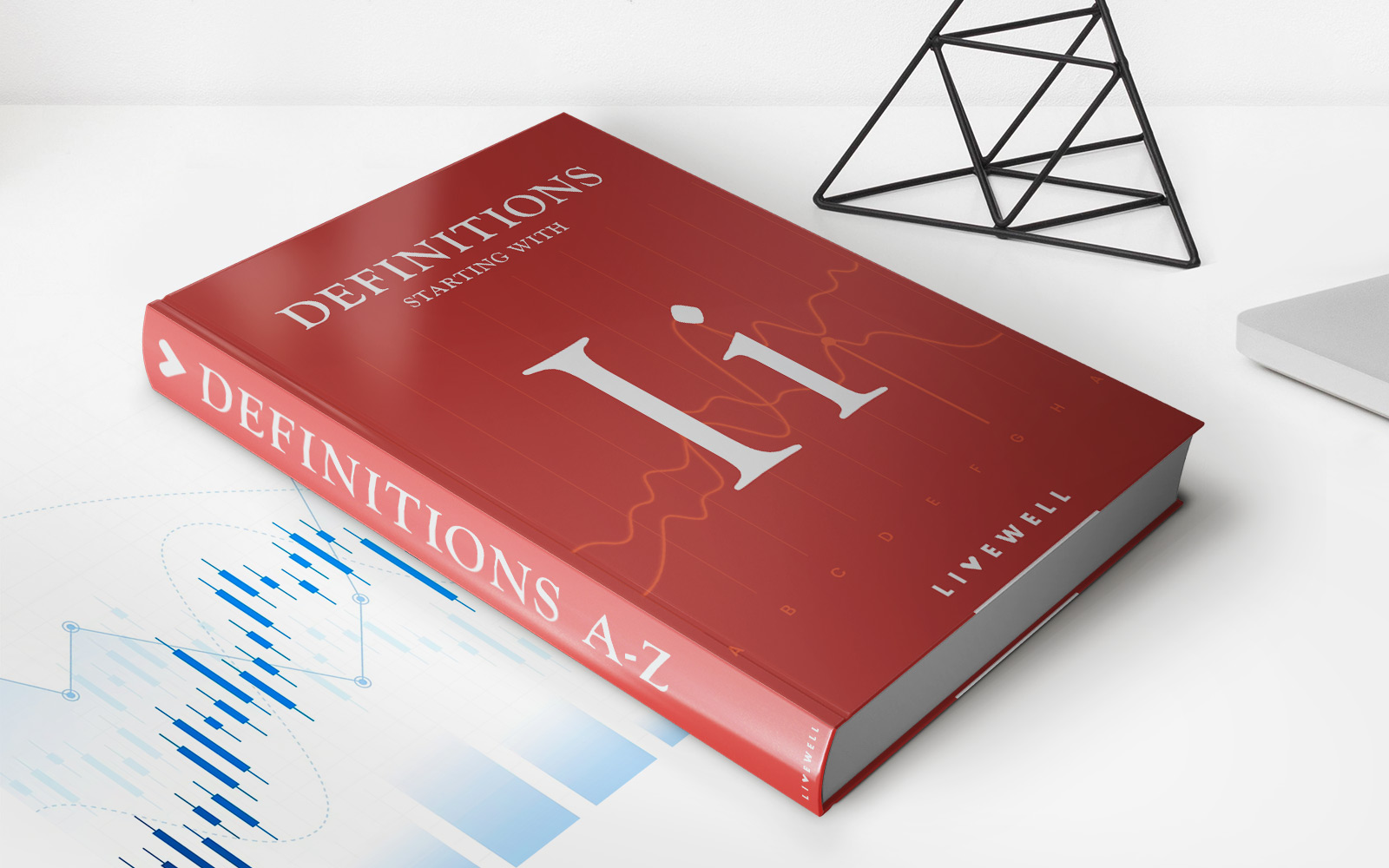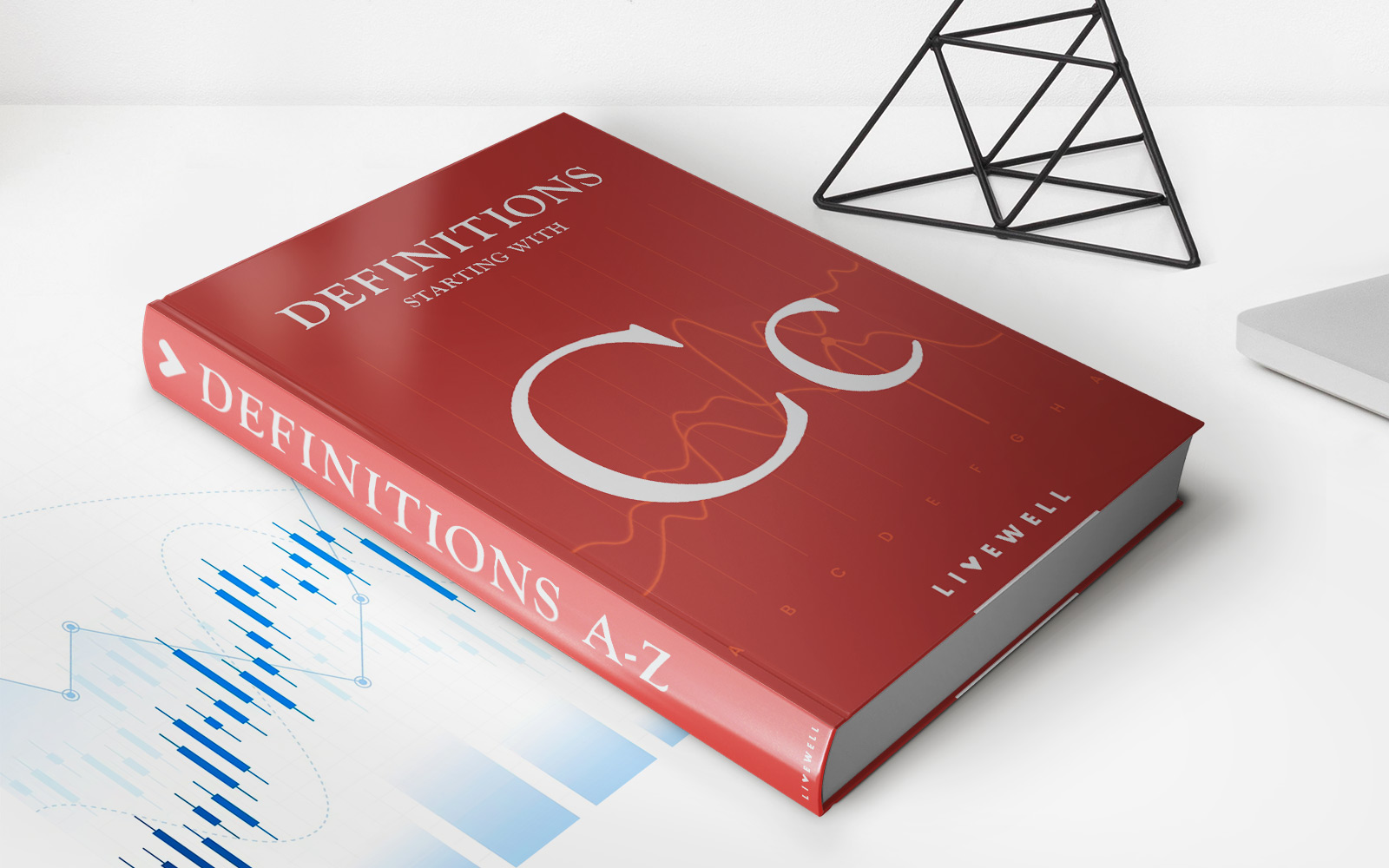Home>Finance>Medium Term: Definition In Investment Time Periods
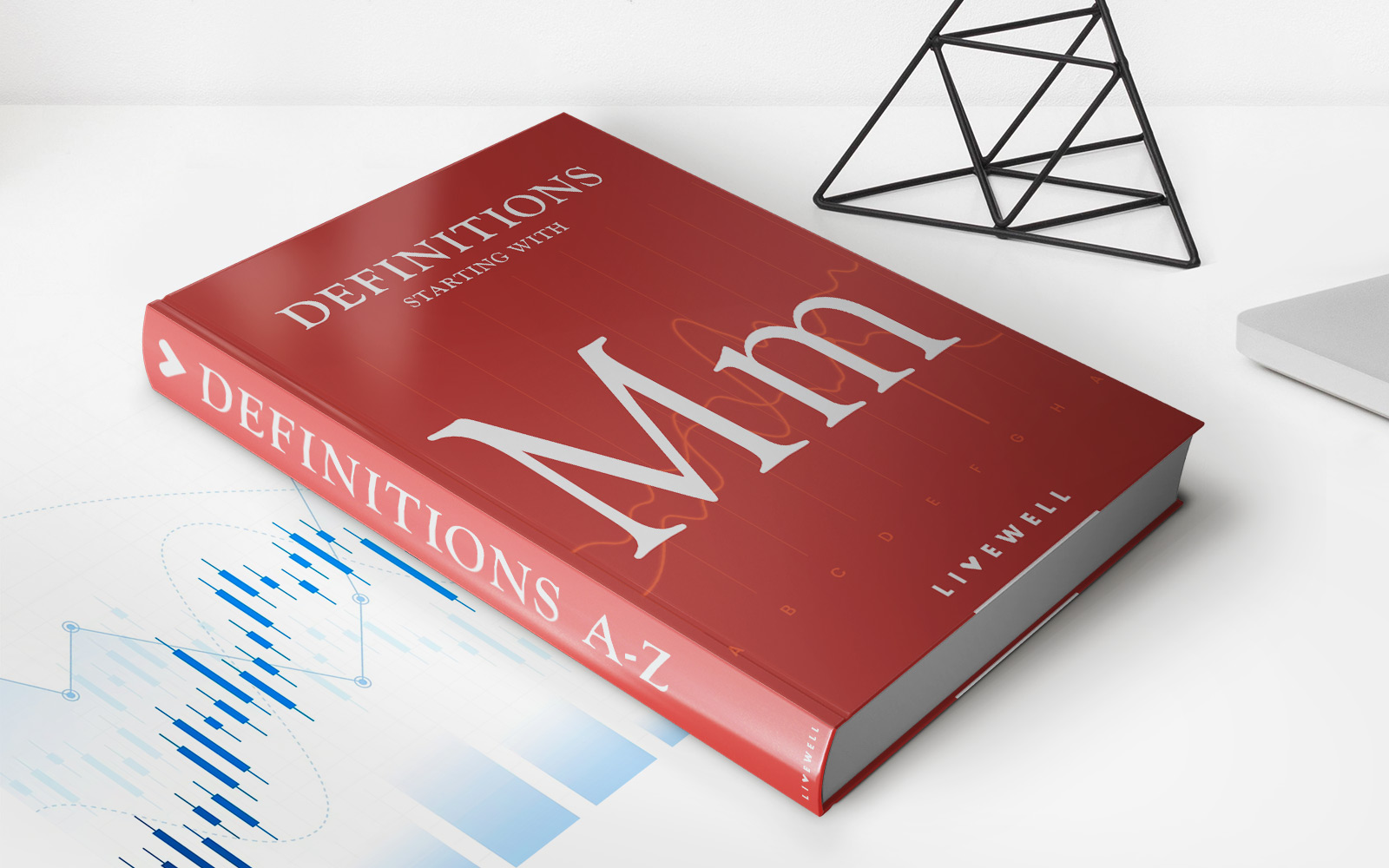

Finance
Medium Term: Definition In Investment Time Periods
Published: December 24, 2023
Learn the definition of medium-term investment time periods in finance. Understand the key features and benefits for your investment strategy.
(Many of the links in this article redirect to a specific reviewed product. Your purchase of these products through affiliate links helps to generate commission for LiveWell, at no extra cost. Learn more)
Medium Term: Definition in Investment Time Periods
When it comes to investing, understanding the different time frames can be crucial in determining your financial goals and strategies. One such time frame is the medium term, which falls between short-term and long-term investments. In this blog post, we will explore the definition of the medium term and how it can play a key role in your investment journey.
Key Takeaways:
- The medium term is typically measured in years, usually ranging from two to five years.
- Investing in the medium term allows for a balance between risk and potential returns.
Before we dive deeper into the medium term, let’s first clarify what investment time periods refer to. Essentially, an investment time period indicates the length of time an investor plans to hold their investment before selling or liquidating it. Different time periods serve various investment goals and risk levels. Now, let’s focus on the medium term, which is a sweet spot for many investors.
The medium term in investment typically spans from two to five years. It is a time frame that allows investors to pursue their financial goals by navigating a middle ground between the short-term and long-term investment strategies. Medium-term investments strike a balance between risk and potential returns, making them attractive options for individuals aiming for both growth and preservation of capital.
Investing in the medium term opens up a world of opportunities to diversify your portfolio beyond short-term gains. With this time frame, you can consider assets that might offer higher potential returns than shorter-term investments. For example, you may look into stocks, bonds, or even alternative investments like real estate or mutual funds. The medium term gives you room to research and strategically allocate your assets.
Furthermore, the medium term provides a buffer against shorter-term market volatility. While short-term investments can suffer from unpredictable fluctuations, medium-term investments have the advantage of a longer horizon and can withstand certain market shifts. This stability allows you to weather potential storms and stay on track towards achieving your financial goals.
When deciding on the medium term as an investment time period, it’s important to carefully assess your risk tolerance, liquidity needs, and financial objectives. Each investor’s circumstances are unique, and finding the right balance between risk and returns is key. Consulting with a financial advisor can help ensure that your medium-term investment strategy aligns with your specific needs and goals.
In conclusion, the medium term in investment time periods offers the benefits of striking a balance between risk and potential returns, opening up opportunities for diversification, and providing stability against market volatility. By understanding and utilizing the medium term, investors can navigate their financial journey with confidence and make informed decisions that align with their long-term goals.


